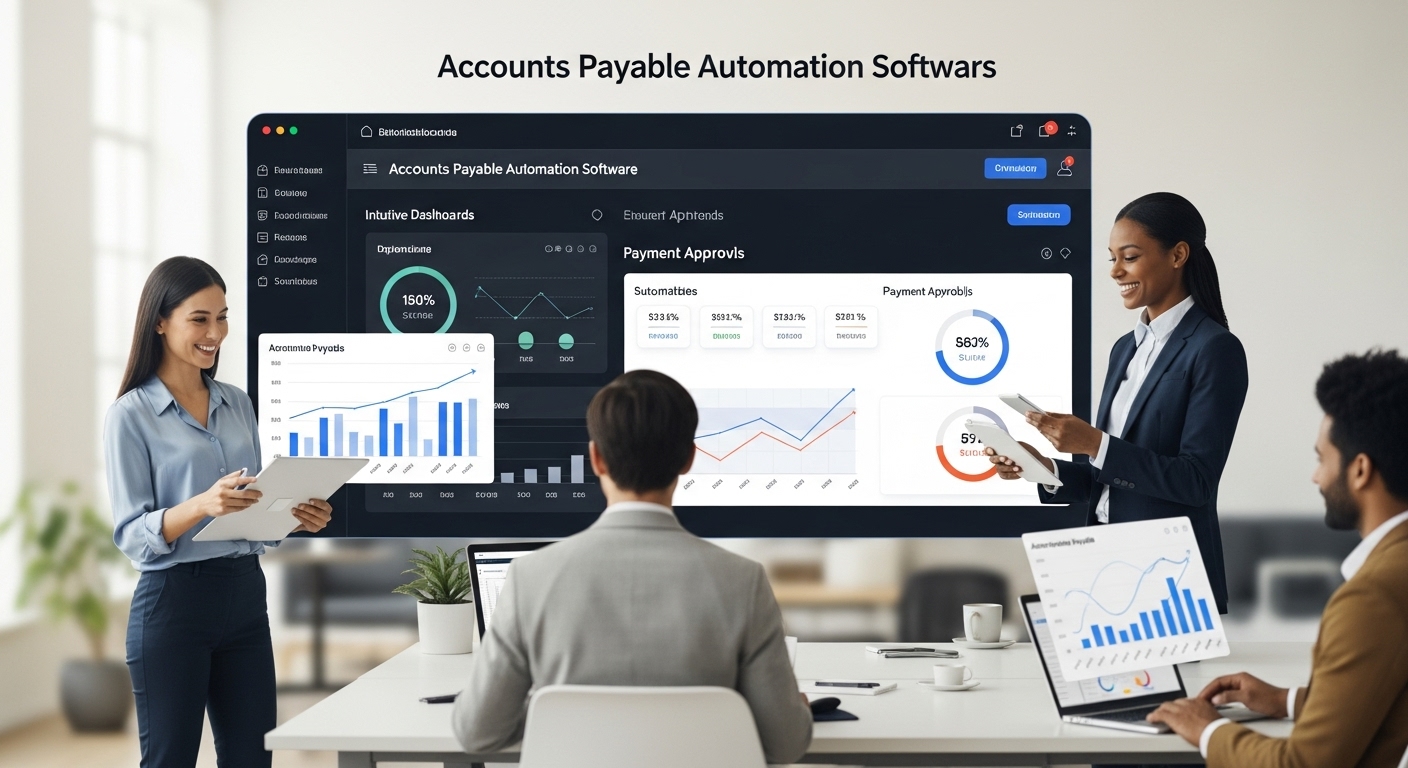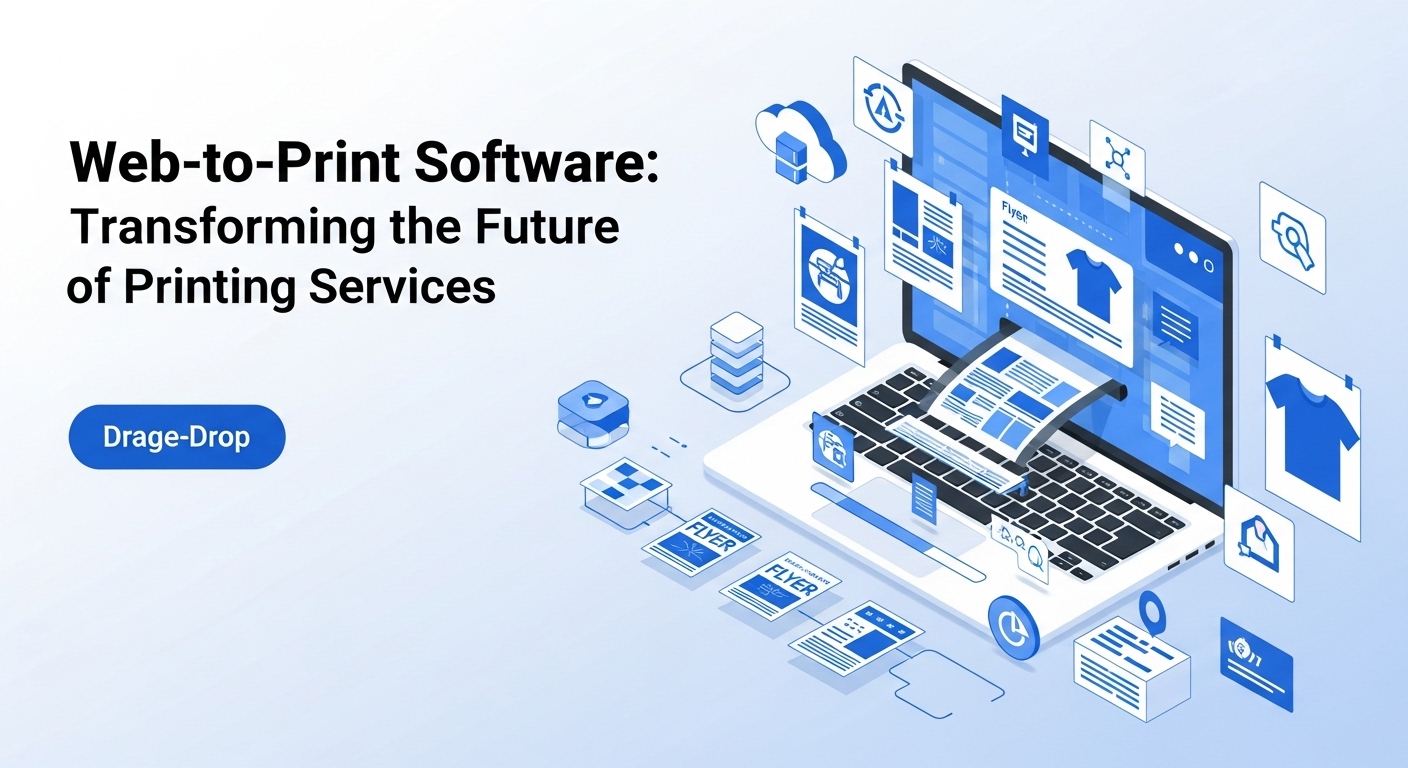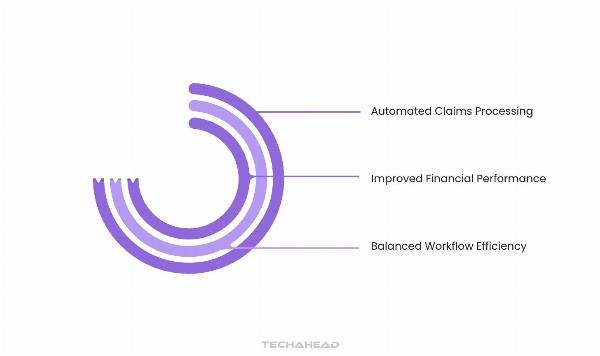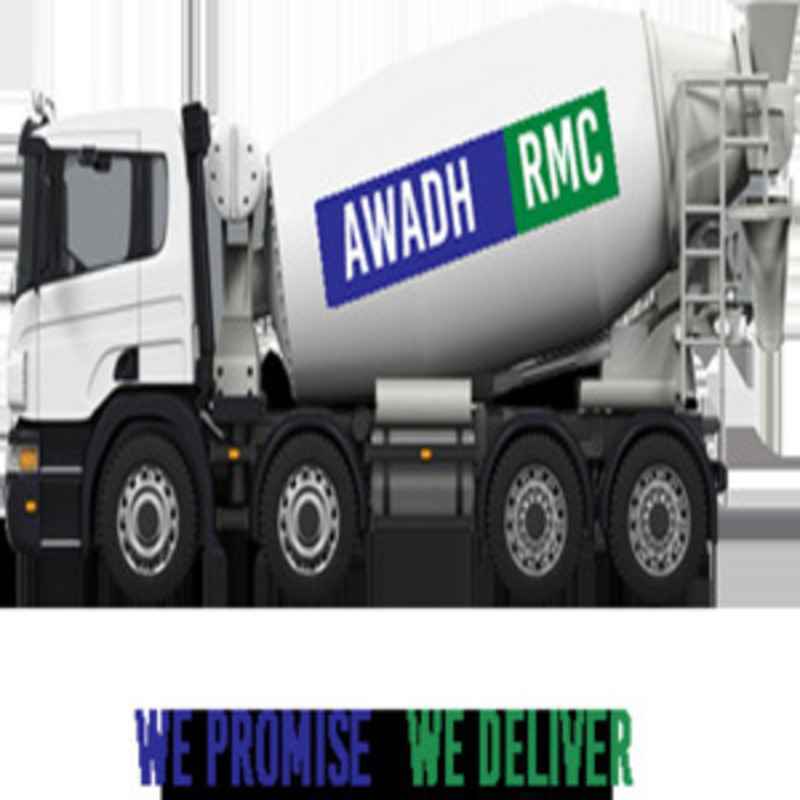Introduction
In a fast-paced business world, manual invoice processing can drain resources and slow down your finance team. Paper-based processes are prone to human errors, delays, fraud risks, and compliance challenges. The solution? Accounts payable automation software.
This technology transforms how companies manage payables by digitizing and streamlining the entire invoice-to-payment process. With improved accuracy, faster workflows, and stronger financial visibility, businesses of all sizes are turning to AP automation to gain a competitive edge.
What is Accounts Payable Automation Software?
Accounts payable automation software helps businesses manage and process supplier invoices digitally — from receipt to approval to payment — without relying on paper, spreadsheets, or manual entry.
It replaces traditional, labor-intensive AP tasks with automated workflows that:
Capture invoice dataMatch invoices with purchase orders and receiptsRoute for approvalsSchedule and process paymentsRecord transactions and audit logsThe result is a faster, safer, and more efficient payment cycle.
The Challenges of Manual AP Processes
Before diving into the benefits of automation, it's important to understand why manual AP processes no longer make sense for modern businesses:
High error rates: Manual entry leads to typos, duplicates, and misclassified invoices.Slow approvals: Invoices often get lost in email threads or require multiple follow-ups.Lack of visibility: Paper processes offer limited tracking or real-time reporting.Missed discounts & late fees: Delayed approvals can cost money due to missed early-payment discounts or late penalties.Fraud risk: Lack of internal controls makes it easier for fraudulent invoices to go undetected.Benefits of Accounts Payable Automation
1. Faster Invoice Processing
Automated workflows significantly reduce the time it takes to process an invoice — often from weeks to just a few days or even hours.
2. Error Reduction
OCR (Optical Character Recognition) and smart data extraction eliminate manual data entry mistakes and improve accuracy.
3. Cost Savings
Automation reduces labor costs and invoice processing expenses, helping businesses save up to 80% per invoice compared to manual handling.
4. Improved Supplier Relationships
Faster and more accurate payments build trust with vendors and make your business a preferred client.
5. Better Cash Flow Management
Real-time dashboards and reports provide clear visibility into liabilities, payment schedules, and available discounts.
6. Increased Compliance and Security
Built-in audit trails, user permissions, and fraud detection features help businesses meet internal controls and regulatory requirements.
Key Features to Look for
When choosing an AP automation solution, look for these core capabilities:
Invoice Scanning & OCR: Digitizes paper invoices and extracts key data automatically.Three-Way Matching: Matches invoices against purchase orders and receipts to ensure accuracy.Custom Approval Workflows: Routes invoices to the correct team members for review based on amount, department, or vendor.ERP/Accounting Integration: Syncs seamlessly with platforms like QuickBooks, NetSuite, SAP, and others.Payment Processing: Supports ACH, wire transfers, virtual cards, and more.Real-Time Reporting: Dashboards, KPIs, and audit logs for transparency.Mobile Access: Approve and manage invoices from anywhere.Best Accounts Payable Automation Software (2025 Edition)
1. Tipalti
Ideal for global enterprises, Tipalti automates mass payments, tax compliance, and multi-currency payouts.
2. Bill.com
A favorite among SMBs, Bill.com offers an easy interface, affordable pricing, and strong integrations with QuickBooks and Xero.
3. Stampli
Known for its AI-driven invoice collaboration, Stampli makes it easy for teams to approve and discuss invoices in real time.
4. AvidXchange
Designed for mid-market companies, AvidXchange automates the full AP cycle, including payment processing.
5. SAP Concur Invoice
Part of SAP’s ecosystem, this tool offers robust enterprise-level controls, expense management, and global scalability.
Implementation: What to Expect
Adopting an accounts payable automation system is easier than many expect, especially with cloud-based platforms. Here’s what the implementation process usually involves:
Needs Assessment: Identify your current bottlenecks, volume of invoices, and goals.Tool Selection: Choose software based on features, integrations, scalability, and cost.System Integration: Connect the AP software with your ERP/accounting system.Workflow Setup: Configure rules for invoice routing, approval hierarchy, and user roles.Training & Rollout: Educate your team and go live gradually to minimize disruption.Monitoring & Optimization: Use real-time analytics to fine-tune processes.When Is the Right Time to Automate?
If your finance team is overwhelmed, error-prone, or spending too much time on routine tasks, it’s time to automate. Here are signs you’re ready:
Processing over 500 invoices per monthRelying heavily on spreadsheets or paperFacing frequent late payments or vendor complaintsNeeding better audit trails and compliance controlsWanting to scale operations without hiring more AP staffConclusion
Accounts payable automation software is no longer a luxury — it’s a necessity for businesses aiming to scale efficiently, reduce errors, and gain full control over their payables. Whether you’re a startup, a growing mid-size company, or a large enterprise, automating your AP process helps drive financial clarity and operational excellence.
By investing in the right AP automation tool, you free up your finance team to focus on strategic tasks, build stronger vendor relationships, and maintain accurate cash flow visibility — all essential ingredients for long-term business success.



















